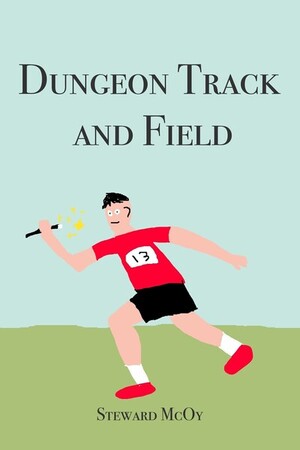Chapter 25:
Volume 4 Bonus Content
Mayhem on Earth
It’s over.
Really.
You want more? Fine.
Volume 4 Bonus Content:No side story this time. Sorry, folks.
This section contains information not related to the story, such as fun facts about things mentioned in the story—like an appendix.
Radar systems:
· Radar (RAdio Detection And Ranging) systems use electromagnetic waves, primarily radio waves, to sense objects from a distance. It has had an important application in the military for early-warning radar systems used to detect and alert of enemy aircraft, missiles, and other incoming hostile objects. One example is NORAD’s North Warning System, a collaboration between the US and Canada to detect threats from the polar region, using detection equipment connected to a group of computers that processed the data at stations like SAGE (Semi-Automatic Ground Environment), during the Cold War.
· Other applications of Radar include in ships, aircraft, and self-driving vehicles to prevent crashes with obstacles and other vehicles, and in meteorology for weather forecasting and monitoring severe weather.
· In this story, a Radar station refers to a computer that processes data not just of nearby airspace, but also of people (similar to the role of the NSA) and coordinates with satellites to scan outer space.
Horses:
· It takes from several months to years of training to learn how to ride a horse.
· Horses have emotions and personalities too. They pay keen attention to their surroundings. They don’t immediately allow you to ride them, and often, you must form a relationship with them before you can.
· Equines, especially horses, are divided into age and gender groups including foal (under 1 year), colt (male under 4-5 years), filly (female under 4-5 years), stallions (adult male), and mares (adult females). Donkeys are divided into Jacks (male) and Jennies (females).
· Equidae, the horse family, consists of horses, zebras, asses (donkeys and their undomesticated relatives), and mules (a cross between a donkey and a horse).
· Horses can sleep while standing up. They lie down for deep, REM sleep, but remain standing for naps. This is to allow blood flow, which gets constricted when lying down, and to stay attentive for predators. They sleep for only about three hours a day, combining all their short naps.
Radio Transceiver:
· Walkie-talkies, unlike satellite telephones, only have a short range. They allow two-way communication over radio waves, similar to cell phones, which use higher frequency radio waves, and other devices.
· Governments allocate frequency bands for different purposes and devices. For example, governments allocate a band of radio frequency for police communications, and listening to those frequencies is illegal in some countries.
Weasels:
· In some cultures, they are seen as a bad omen and a pest.
Raven:
· Believed in many cultures to be a harbinger and symbol of death.
· Often confused with crows. The two can be differentiated by some features: ravens are slightly larger, have thicker plumage, a deeper, croaking voice, a thicker, curved beak, and a wedge-shaped tail.
· The Tower of London keeps some:
https://www.hrp.org.uk/tower-of-london/whats-on/the-ravens




Please sign in to leave a comment.